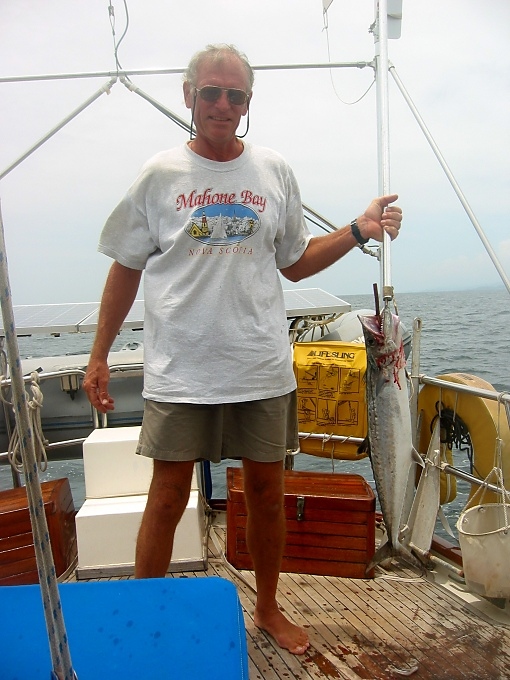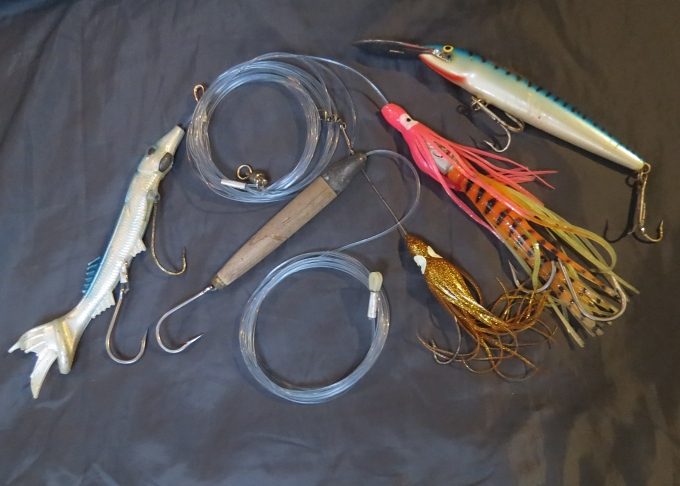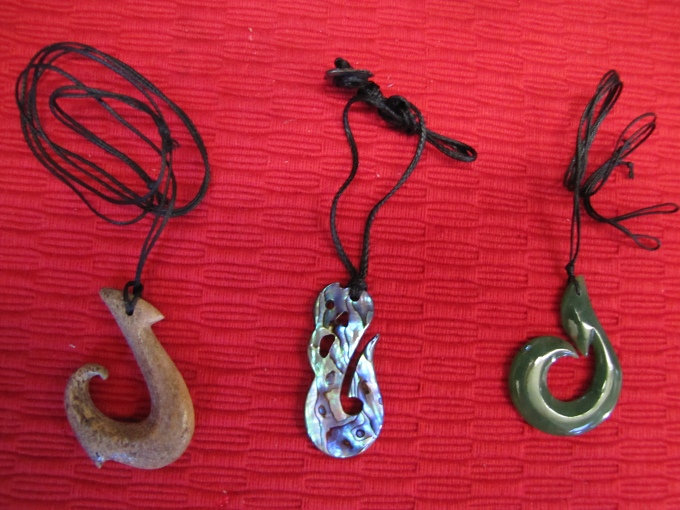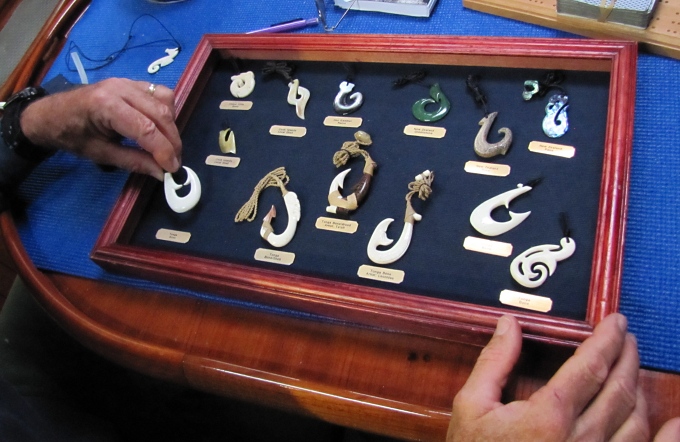The Blue View - Fishing at Sea
/A question that is commonly asked is whether we fish when on a passage, and if so, how often do we catch something. We do fish at sea, and are quite successful most of the time. In fact, when Marcie does her meal planning for a long passage, she usually plans on having fish for about 25% of our meals.

I don't often put a line out for the first couple of days of a passage until we get our sea-legs. If I'm not already seasick, cleaning and filleting a fish on a rolling deck is sure to do the trick. Plus, we really aren't interested in eating fish the first few days, anyway. Once I do put the line out, it usually takes between 3 minutes and 3 days to catch a fish. In most of the Caribbean, parts of the Pacific and off the coast of New Zealand, it doesn't take long at all to hook something, while in the Indian Ocean, we trolled for three days before we caught a fish. Once we hook something and get it aboard, it won't last long in the refrigerator, so we eat fish for the next 3-4 days until it is gone, at which point, we really don't want more fish for a week or so.
Our fishing equipment has really evolved, thanks to a lot of reading and help from friends who knew a lot more about fishing than we did. Our first thought was that we would trail a really heavy line – maybe 200 lb. (90kg) test – and use the winch to crank in anything we caught. We weren’t into fishing as a sport, but rather as a means to acquire food. That approach had two big flaws. The most significant problem was that we very rarely caught anything. I think it was probably due to the line being so heavy and visible, and having no give. Unless we were very lucky, a fish hitting it would have the line snatched right back out of its mouth. We tried adding a shock cord, but it didn’t seem to help a lot. The other problem was that on the rare occasion we caught anything, cranking it in using the winch ended up with a big pile of tangled line that took a long time to sort out.
We sought out the experts to help improve our act. Our friends, Ken & Joanne on the m/v Rusty Bucket, who are quite accomplished fishermen, taught us a lot. Additionally, The Cruiser's Handbook of Fishing
So what do we use now? Our offshore equipment is rather modest, as we aren’t interested in landing huge pelagic fish. If the fish is more than about 25 pounds (11kg), we can’t eat it all and we don't use the freezer at sea, so we will reluctantly let it go rather than waste it. This often means losing the lure as well. The reel that has served our needs is a Penn 115 Senator. You can probably get it at Wal-Mart or on the internet for less, but the West Marine price in my old catalog is $179. Our rod is a simple Shakespeare Ugly Stick, medium weight for $60. To hold it in place, I use a homemade PVC rod holder that I lash to the stern rail. Having lost one rod overboard, I now secure it to the boat using some ¼” line and a carabiner.
We use 50 lb. (23kg) test monofilament, as much as the reel will hold. This is attached to a swivel and a 36” (1m) wire leader. Knots work okay to attach the leader, but I feel better about using crimp connectors. Then I have an assortment of lures that attach to the leader. My favorite is a simple cedar plug – we have caught more tuna and dorado using it than any other. I also like Rapala Magnums, as well as several squid skirts in various colors. The cedar plugs and squid work best if the boat speed is above 5 knots. The Rapala works best below 5 knots. Tuna seem to like grey and silver lures; dorado seem to prefer the bright colors (except they all seem to like the reddish cedar plug).
I know what setting on my reel corresponds to 40 pounds (18kg) of drag. When we start trolling, I set the drag to the minimum I can that prevents the lure from pulling line out at the current boat speed. When we get a hit, I set the drag to 40 pounds, then slow the boat down – usually furling the headsails is enough. Leaving it at 40 pounds of drag assures we never part the line. Then I reel in whenever the fish starts to tire or runs towards the boat, and let him take line as needed. We have a gaff hook, but I prefer to just grab the last few feet of line (after donning some gloves) and swing the fish aboard (another reason for preferring smaller fish).
We use a few other miscellaneous items like a fish scale to see how big the fish really is, a filleting knife, a nail clipper to cut line, a file to sharpen hooks, extra hooks and maybe an ice pick to dispatch the poor guy. We also bought a good fish identifier and some nice gloves that are impervious to most sharp things such as the fillet knives and the more benign fish teeth. We use a soft sided bag to hold all the gear. All told, I think I could replace all the gear I actually use for $300-$350.
On rare occasions we troll using the dinghy. When we were in the Carib, we occasionally used a hand line over the side in an anchorage, and caught a number of grouper and snapper (after asking the locals whether ciguatera was a problem). In the Pacific, we didn’t do much reef fishing with the prevalence of ciguatera there. I do have a smaller spinning reel, but have rarely used it.
We are by no means experts on the topic, but we usually catch enough to keep us happy.








